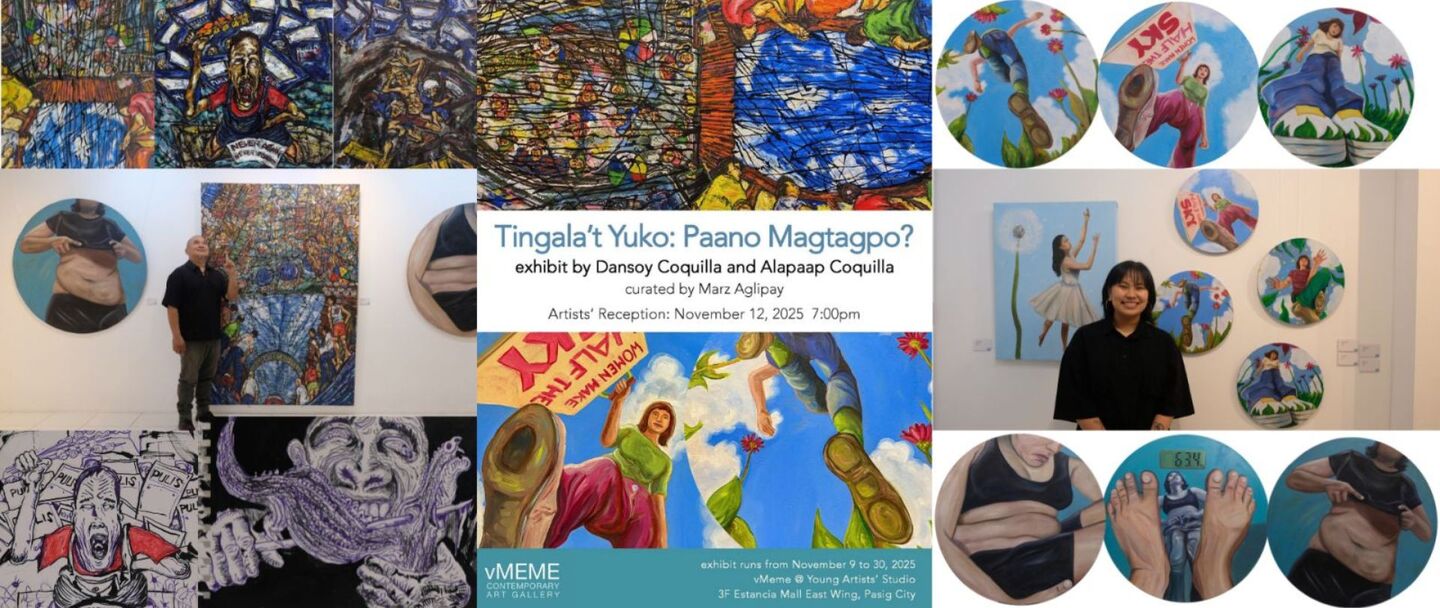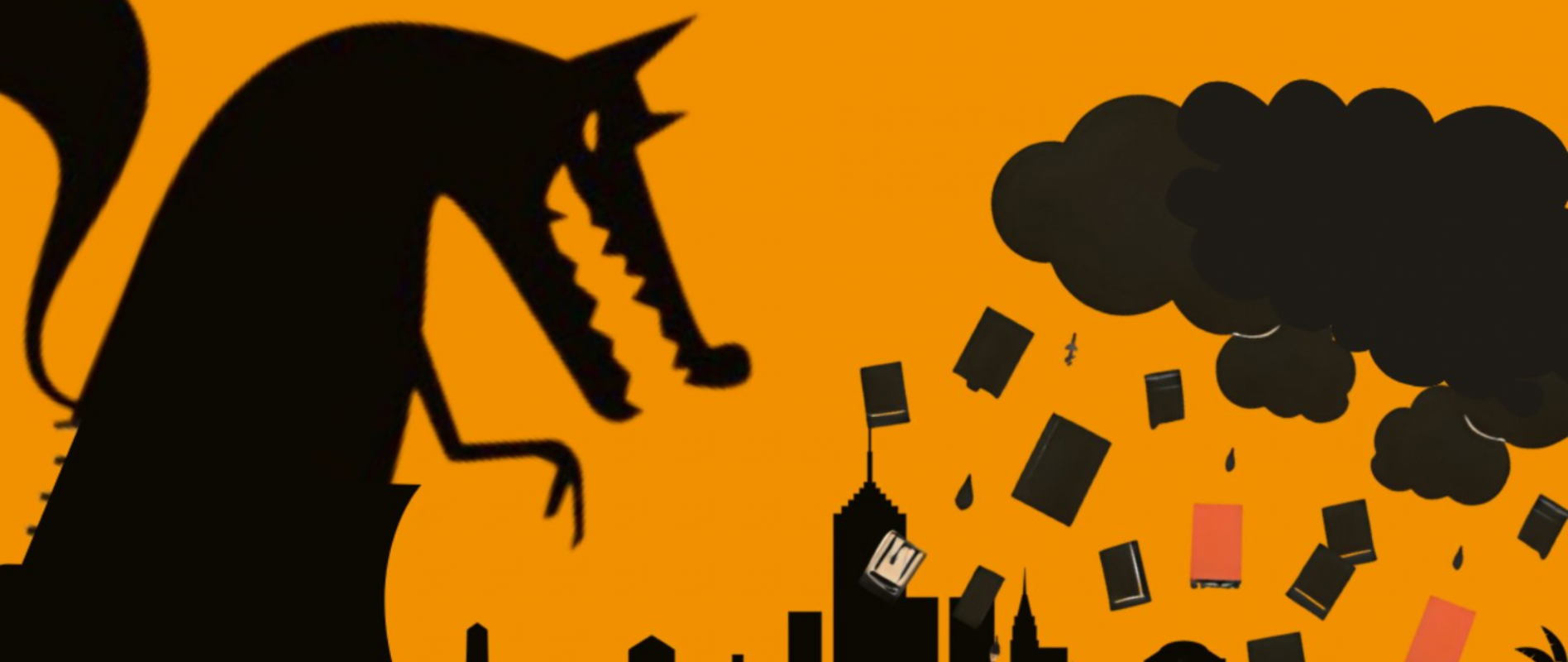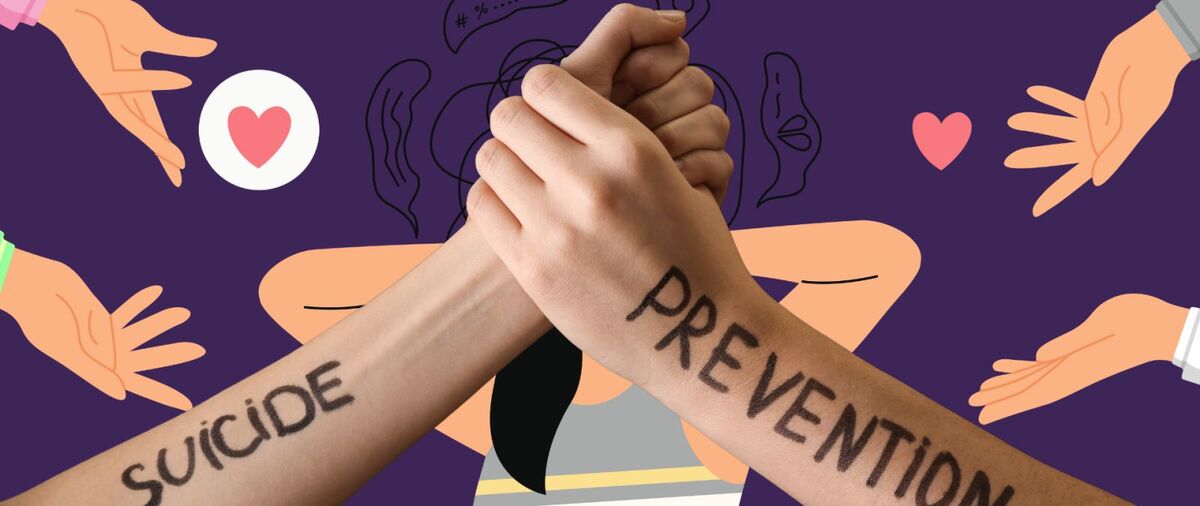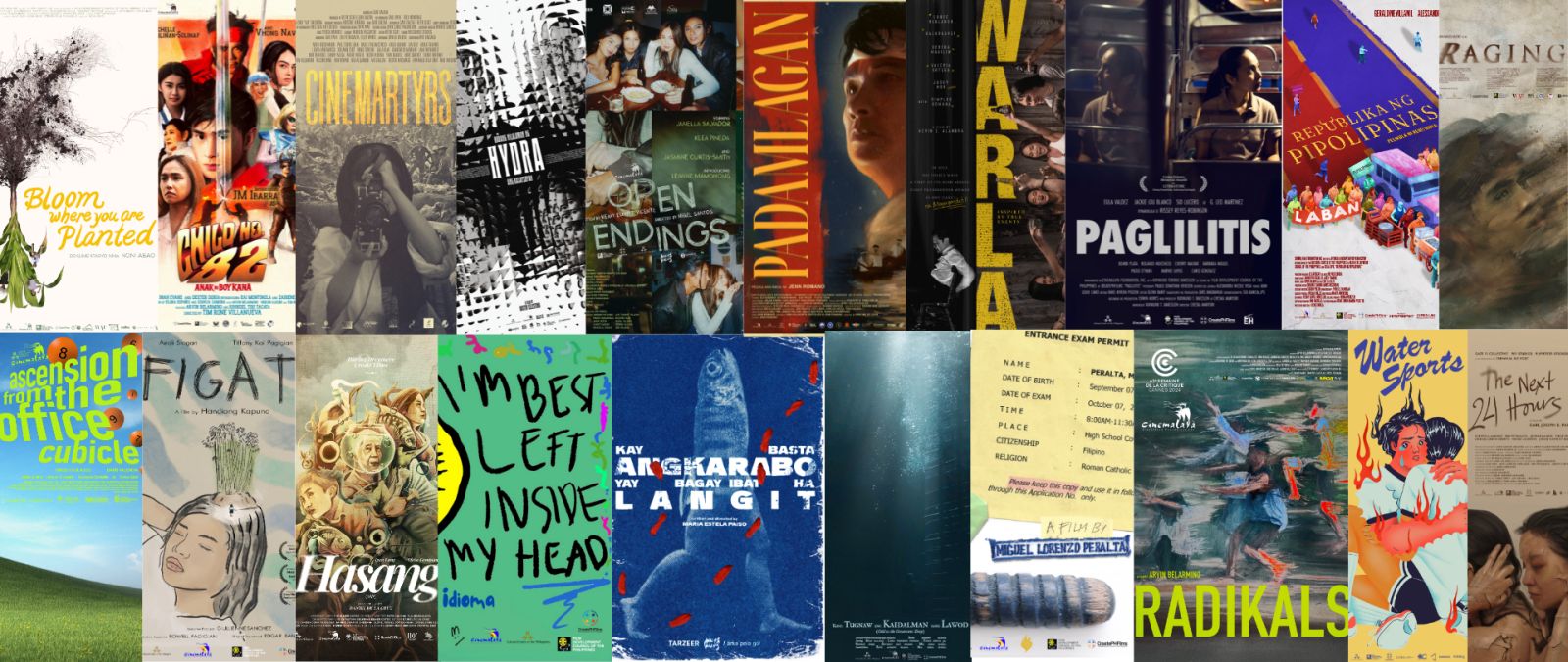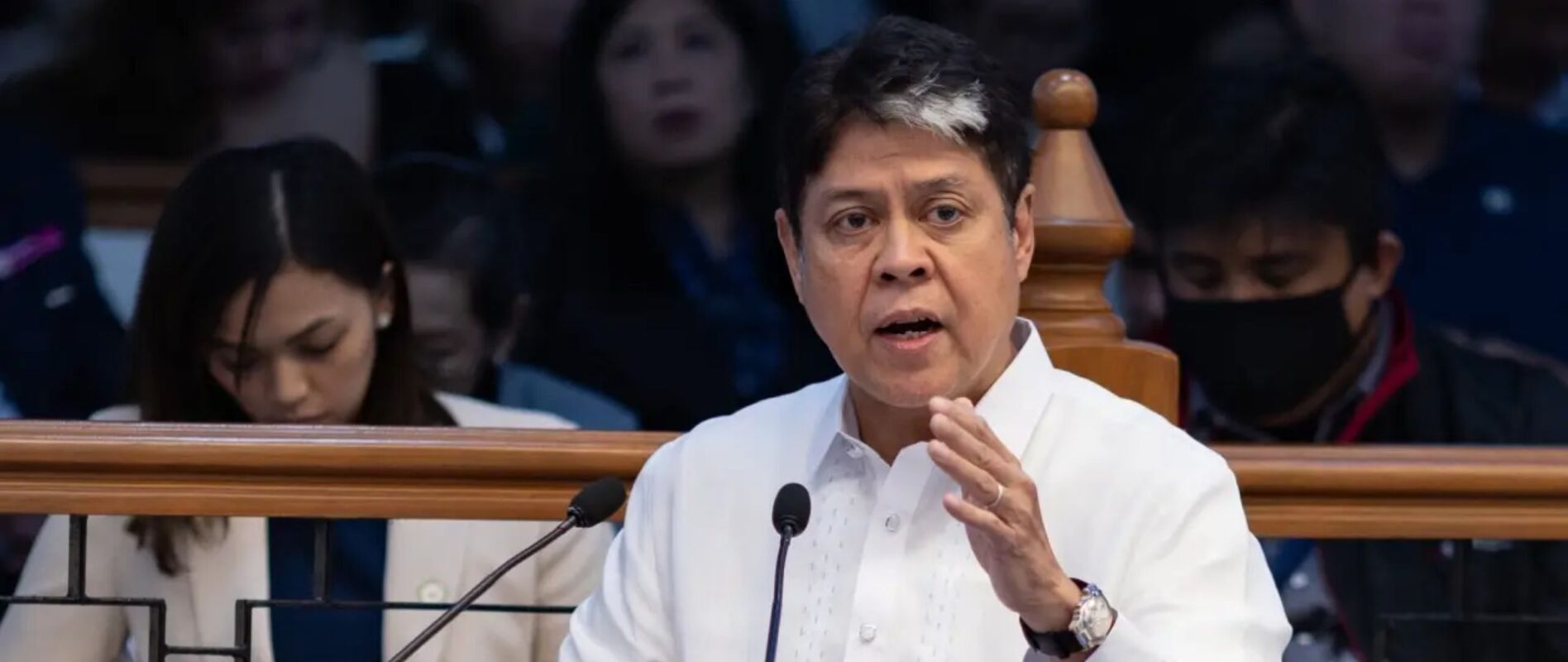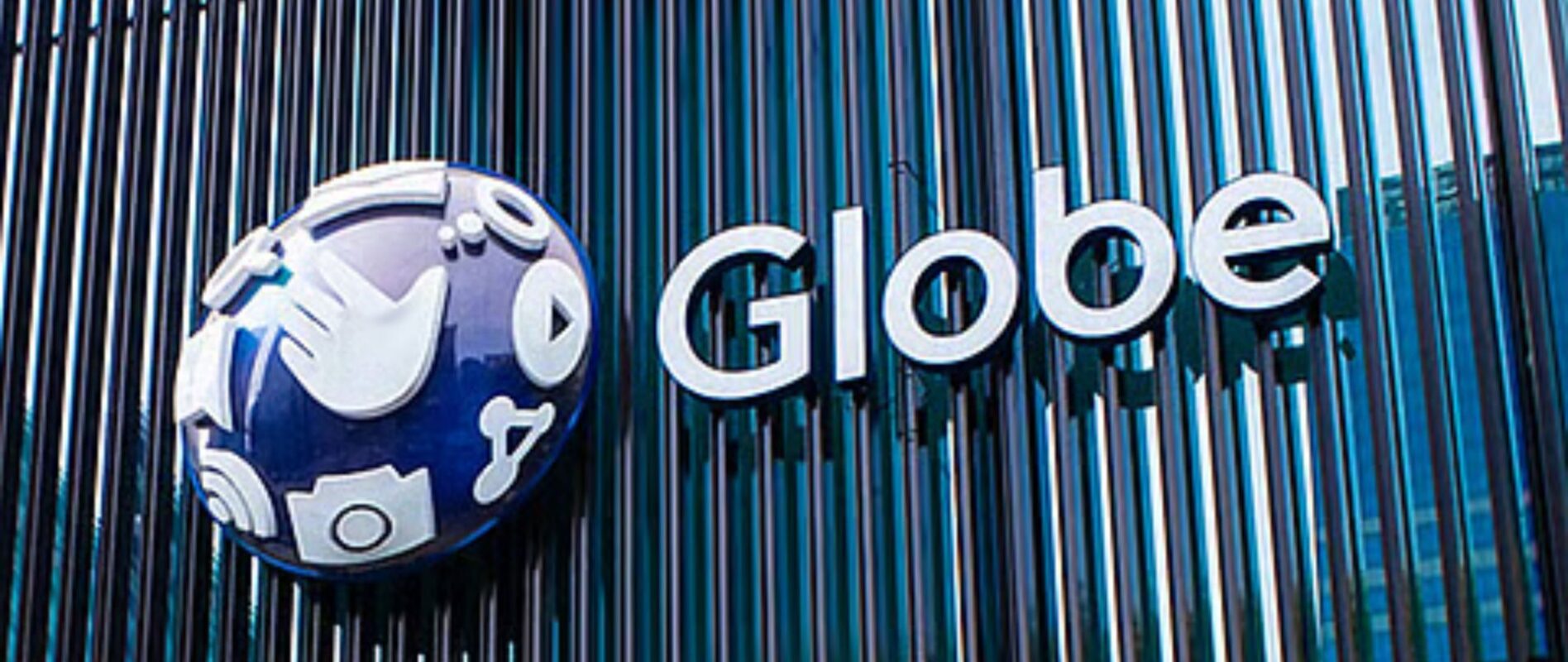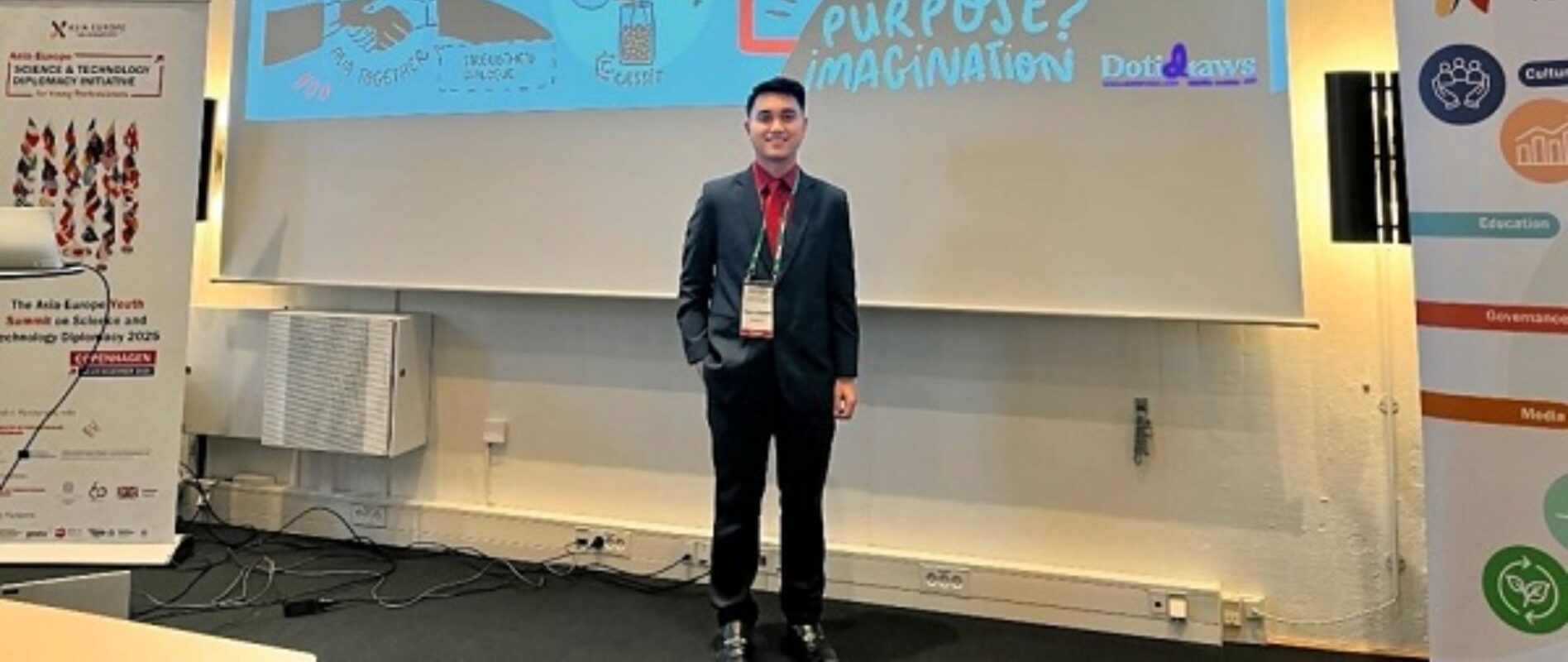TECH, PLEASE! HOW TECHNOLOGY BROUGHT MAJOR ATTITUDE AND LIFESTYLE ADJUSTMENTS IN THE TIME OF A PANDEMIC
As our movement started to become restricted in early March of this year, many of us turned to one thing to help alleviate out stress, keep ourselves entertained, and just maintain some semblance of normalcy: technology.
To say that the COVID-19 pandemic has thrown the world for a loop would be a massive understatement. No singular event in the past century prepared us for it and people worldwide are still adjusting to “life in the time of an unprecedented pandemic.” Yet even as our movements started to become restricted in early March of this year, many of us turned to one thing to help alleviate out stress, keep ourselves entertained, and just maintain some semblance of normalcy: technology.
Technology has reached the point where there are now many forms of communication for us to lean on to stay in touch with friends and loved ones, interact with communities to buy and sell goods, and find forms of entertainment to get us through the global crisis.
Just take social media in its many forms, whether it be Facebook, Twitter, Instagram, Viber, or even TikTok. Logging on to those social media platforms allowed many of us to stay plugged in as far as knowing what was going on outside our quarantined homes. We could chat with our friends both here and abroad to make sure that everyone is keeping safe while comforting each other through the crisis.
Of course, many also chose these platforms to vent their frustrations over perceived national and local government inadequacies, giving us a virtual way to shout out our frustrations in the hopes that our leaders would take notice and actually help alleviate our distress. Viber, Skype, WhatsApp, etc. also allowed many to communicate with physicians for virtual consultations and, at the very least, assistance in knowing what medicine they could purchase while cooped up indoors.
For many who had to work through the lockdown, technology meant constantly communicating with bosses and work colleagues, going the route of video conferencing. Thus, we became familiar with the wonders of Zoom, followed by the influx of other modes of virtual communication like Microsoft Teams, and Google Meet. This powered professionals to meet, discuss, and stay updated with other people—one with the mission of addressing questions on how to adjust and move forward.
These same platforms have also been the tools of choice for several schools as online classes are about to be the norm. With the quarantine happening near the end of the last school year, several institutions had to adjust quickly to ensure that students would still finish their classes while virtual graduation ceremonies had to step in to replace traditional ceremonies.
So many have posted online about how the lockdown forced them to adjust their ways of thinking and doing so opened up new avenues that they hadn’t considered before. Access to social media and especially YouTube allowed many to educate themselves and learn new skills that they would otherwise not have considered. There are countless examples of people learning to cook or bake while others followed instructional videos on fitness and well-being in in the comfort of their own homes.
YouTube not only serves as the provider for instructional videos, but also housed countless hours of entertainment. Together with other streaming services like Netflix, these have for the most part been the sources of foreign television shows and movies with productions being shut down. The lockdown allowed many to catch up on episodes (or entire seasons) of their favorite series that they had placed on hold as well as new ones that they had heard about but never had time to sit down and watch.
The motion pictures slated for release since March have either been moved to later in the year or, as has been the case for many, pushed all the way to 2021 instead. Yet, adjust the world did, thus saw the rise of media phenomena like Tiger King and the second season of Kingdom on Netflix as well as perhaps the most watched sports documentary series of all, The Last Dance featuring the 1998 season of Michael Jordan and the Chicago Bulls. Originally planned for a June release to coincide with the NBA Finals, the series was released for five weeks starting in March to sate people’s hunger for sports.
For gamers, Animal Crossing: New Horizons was released for the Nintendo Switch in March and just within weeks became the biggest selling game in the console’s history. Perhaps it was the customization and personalization that the game powered, perhaps it was the idea of walking around an island and exchanging resources and goods, or perhaps it was the virtual relationships that the game encouraged, something that people in the real world were deprived off when it was launched. With gaming conventions and get-togethers being canceled, many had to console themselves with watching streaming events instead, including the formal introduction of the PlayStation 5 just last June.
Life indoors hasn’t been easy. There is absolutely no substitute for the tactile sensations that humans feel when they hug one another, shake hands, or give each other a high five. Yet technology has allowed us some means to cope and readjust our lives to try and thus, establish a new status quo.



